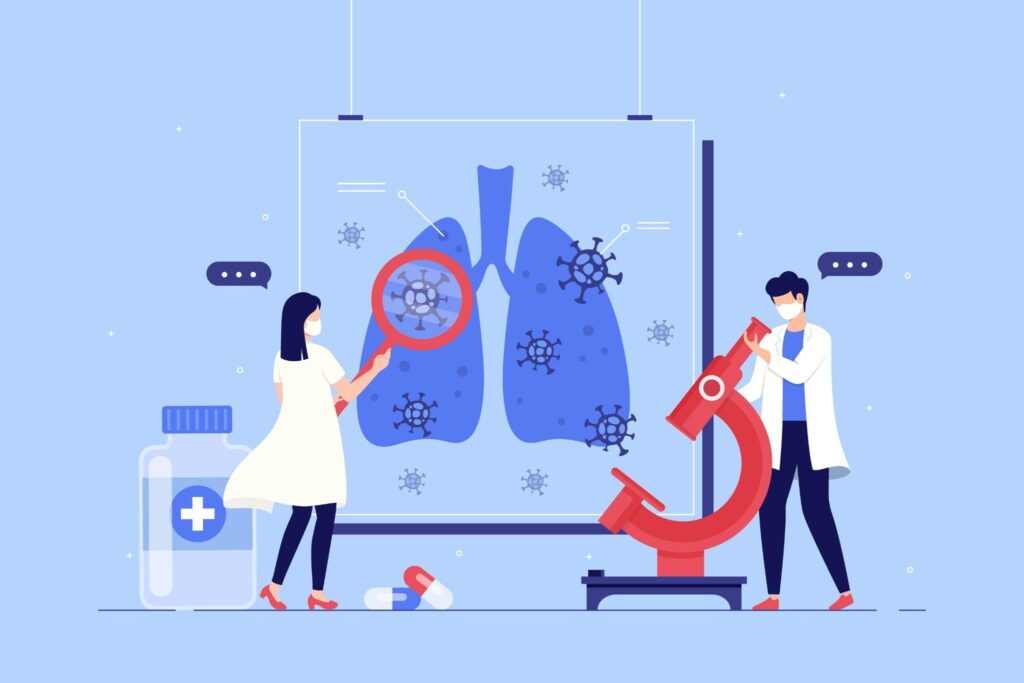Respiratory conditions are a leading cause of illness worldwide, affecting millions of individuals across various age groups. In this guide, we will provide comprehensive information about common respiratory disorders such as asthma, Chronic Obstructive Pulmonary Disease (COPD), bronchitis, pneumonia, and more.
We’ll also discuss the causes, symptoms, prevention strategies, and treatment options available. This guide aims to be a resource for managing respiratory conditions.
Understanding Respiratory Conditions
Respiratory conditions refer to any disease or condition that affects the lungs or airways. These conditions can range from mild to severe, with varying degrees of impact on the individual’s ability to breathe and function in daily life. Let’s explore the most common respiratory disorders.
1. Asthma
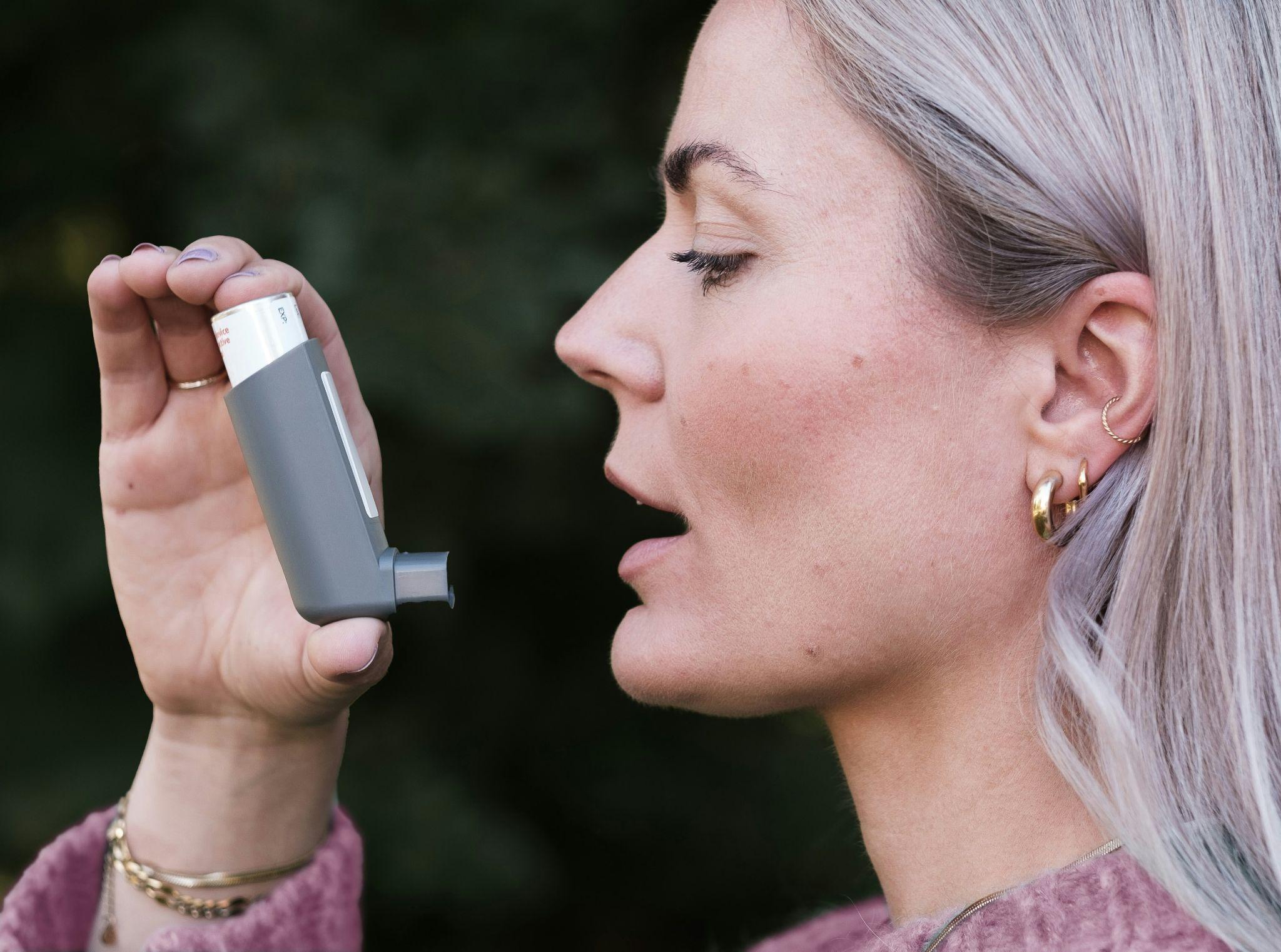
Asthma is a chronic condition that causes inflammation and narrowing of the airways, leading to breathing difficulties. It is one of the most common respiratory conditions affecting people worldwide, especially children.
Causes of Asthma:
- Genetics:A family history of asthma or allergies can increase the likelihood of developing asthma.
- Environmental Triggers:Dust, pollen, pollution, mold, and pet dander can trigger asthma attacks.
- Respiratory Infections:Viral infections, especially in early childhood, can increase the risk of asthma.
Symptoms of Asthma:
- Shortness of breath
- Wheezing or a whistling sound while breathing
- Coughing, especially at night or early morning
- Tightness in the chest
Managing Asthma:
- Medications:Inhalers, including corticosteroids and bronchodilators, help reduce inflammation and open airways.
- Avoid Triggers:Stay away from allergens and irritants that can trigger an asthma attack.
- Regular Monitoring:Using peak flow meters to track lung function can help manage asthma effectively.
Learn more about asthma symptoms, triggers, and treatment options here.
2. Chronic Obstructive Pulmonary Disease (COPD)
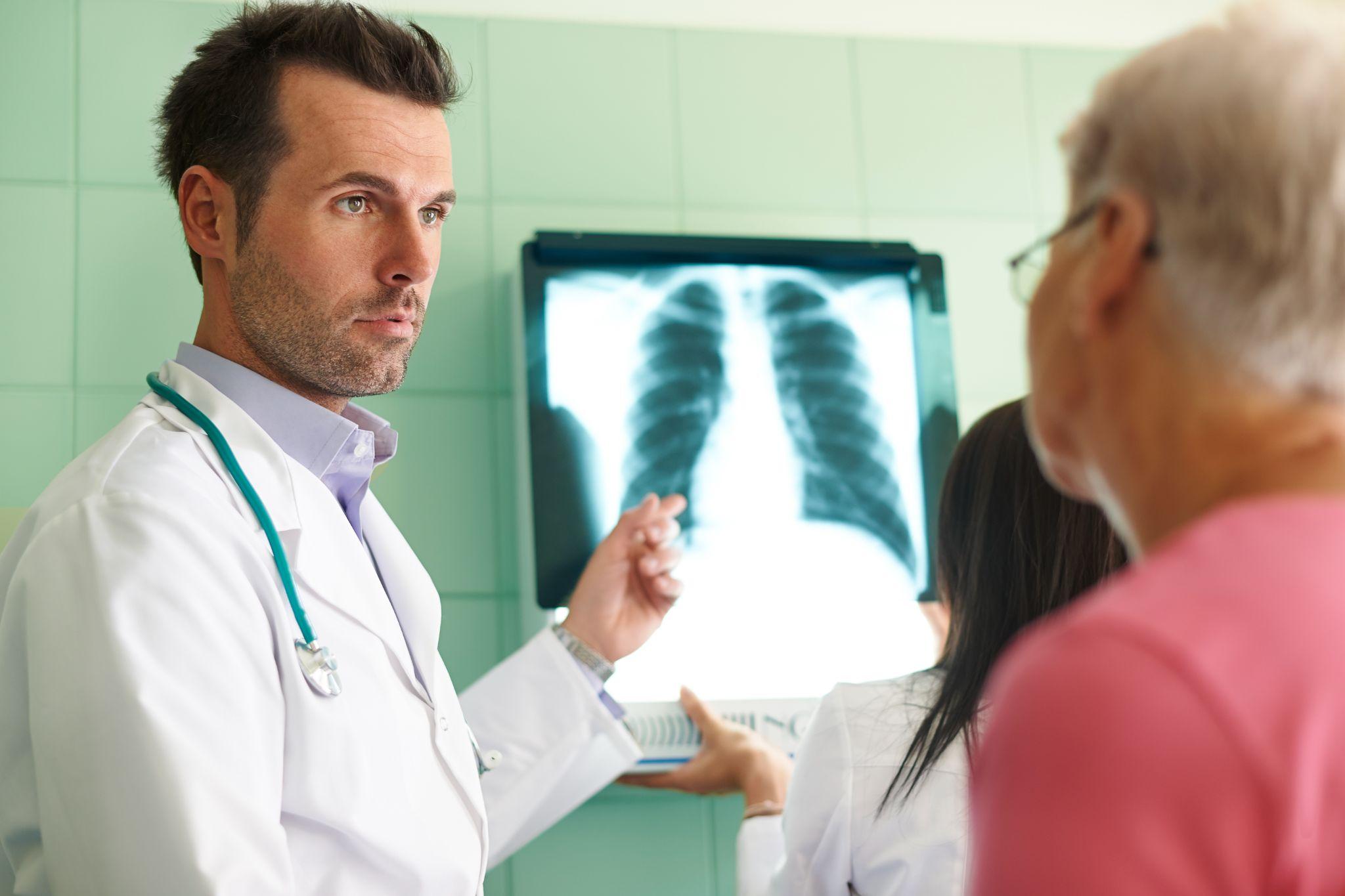
COPD is a progressive lung disease that causes airflow obstruction and breathing problems. It is primarily caused by long-term exposure to harmful substances, such as cigarette smoke or air pollution.
Causes of COPD:
- Smoking:The leading cause of COPD, contributing to lung damage over time.
- Air Pollution:Exposure to fumes, dust, and chemicals can increase the risk of COPD.
- Genetics:Alpha-1 antitrypsin deficiency, a genetic condition, can increase susceptibility to COPD.
Symptoms of COPD:
- Persistent coughing
- Wheezing
- Shortness of breath, especially during physical activity
- Frequent respiratory infections
Managing COPD:
- Quit Smoking:The most important step in managing COPD is stopping smoking to prevent further lung damage.
- Medications:Bronchodilators and steroids can help improve airflow and reduce inflammation.
- Oxygen Therapy:In severe cases, oxygen therapy may be required to help with breathing.
3. Bronchitis
Bronchitis is an inflammation of the bronchial tubes that carry air to the lungs. It can either be acute or chronic, depending on the duration and frequency of the condition.
Causes of Bronchitis:
- Viral Infections:Acute bronchitis is often caused by viruses such as the common cold or flu.
- Smoking:Smoking is a major cause of chronic bronchitis.
- Air Pollution:Exposure to chemicals and fumes can irritate the bronchial tubes.
Symptoms of Bronchitis:
- Persistent cough, often producing mucus
- Shortness of breath
- Fatigue
- Chest discomfort
Managing Bronchitis:
- Rest and Hydration:Resting and staying hydrated can help alleviate symptoms.
- Medications:Bronchodilators, antibiotics (for bacterial infections), and corticosteroids may be prescribed.
- Avoiding Irritants:Avoiding smoke and pollutants can help prevent flare-ups.
Learn more about managing chronic bronchitis and preventing flare-ups here.
4. Pneumonia
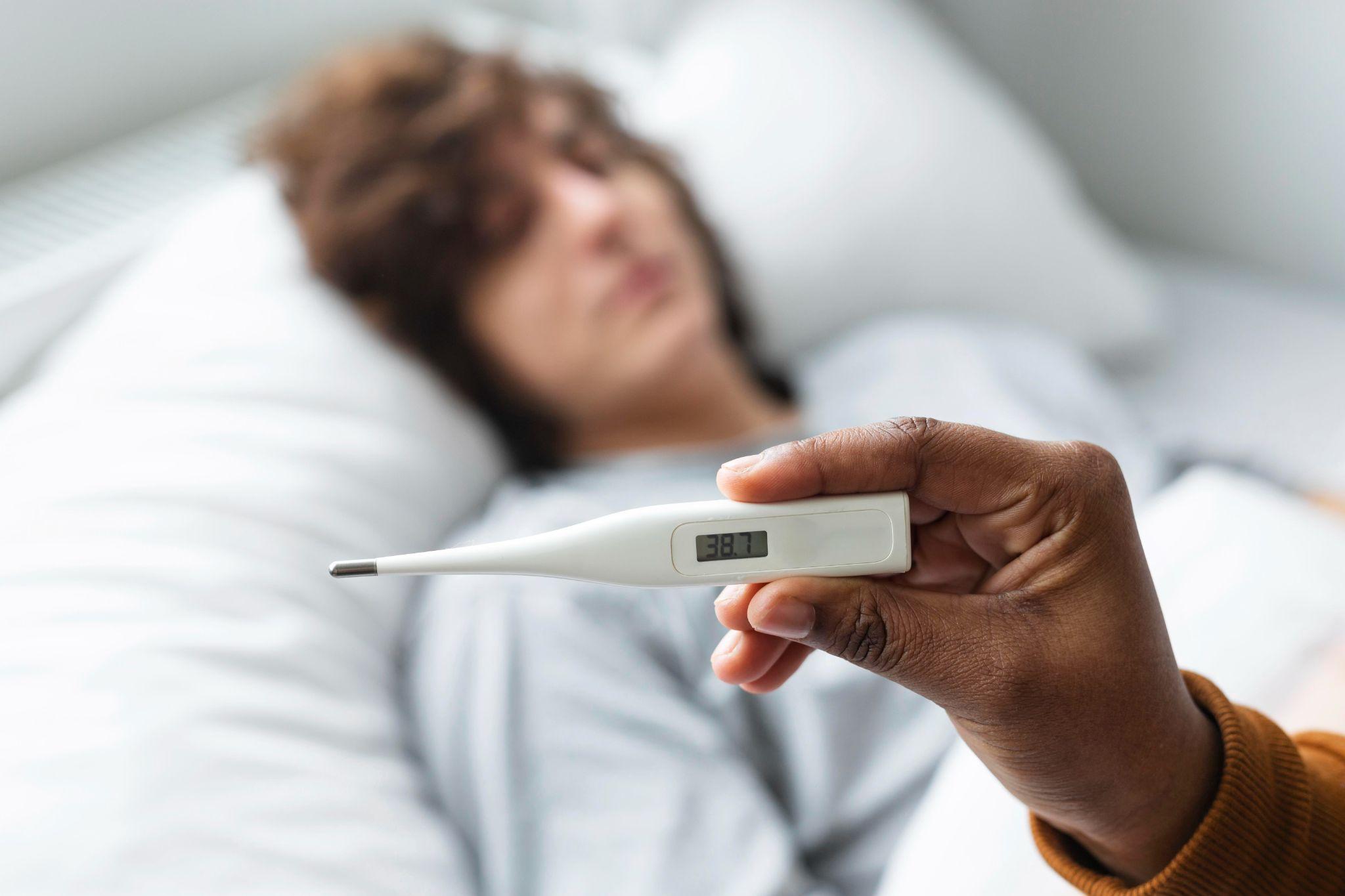
Pneumonia is an infection of the lungs that can be caused by bacteria, viruses, or fungi. It leads to inflammation of the air sacs in the lungs, causing them to fill with fluid or pus.
Causes of Pneumonia:
- Bacterial Infections:The most common cause of bacterial pneumonia is Streptococcus pneumoniae.
- Viral Infections:Influenza and respiratory syncytial virus (RSV) are common viral causes of pneumonia.
- Fungal Infections:Fungi like Histoplasma or Coccidioides can cause pneumonia in certain regions.
Symptoms of Pneumonia:
- Coughing with mucus or phlegm
- Fever and chills
- Difficulty breathing
- Fatigue
Managing Pneumonia:
- Antibiotics or Antivirals:Depending on the cause, appropriate medication can treat bacterial or viral pneumonia.
- Oxygen Therapy:In severe cases, oxygen therapy may be needed to maintain oxygen levels in the blood.
- Rest and Fluids:Resting and staying hydrated help the body fight the infection.
Learn more about the early symptoms and treatment options for pneumonia here.
5. Tuberculosis (TB)
Tuberculosis (TB) is a serious infectious disease that primarily affects the lungs but can also impact other parts of the body. It is caused by the bacterium Mycobacterium tuberculosis.
Causes of TB:
- Bacterial Infection:Mycobacterium tuberculosis spreads through the air when an infected person coughs or sneezes.
Symptoms of TB:
- Persistent cough
- Chest pain
- Coughing up blood or sputum
- Fatigue and weight loss
Managing TB:
- Antibiotics:A combination of drugs taken for several months to fully eradicate the bacteria.
- Follow-up Care:Regular check-ups to ensure treatment is working and prevent relapse.
- Prevention:TB vaccinations (BCG) and avoiding exposure to infected individuals.
6. Cystic Fibrosis
Cystic Fibrosis (CF) is a genetic disorder that affects the lungs and digestive system, causing thick mucus to build up in the lungs and leading to respiratory infections.
Causes of Cystic Fibrosis:
- Genetics:CF is inherited when a child receives two copies of the defective gene.
Symptoms of Cystic Fibrosis:
- Chronic cough
- Frequent lung infections
- Difficulty breathing
- Poor growth and weight gain
Managing Cystic Fibrosis:
- Medications:Mucus-thinning drugs and antibiotics to treat infections.
- Chest Physiotherapy:Techniques to help clear mucus from the lungs.
- Lung Transplant:In severe cases, a lung transplant may be required.
7. Emphysema
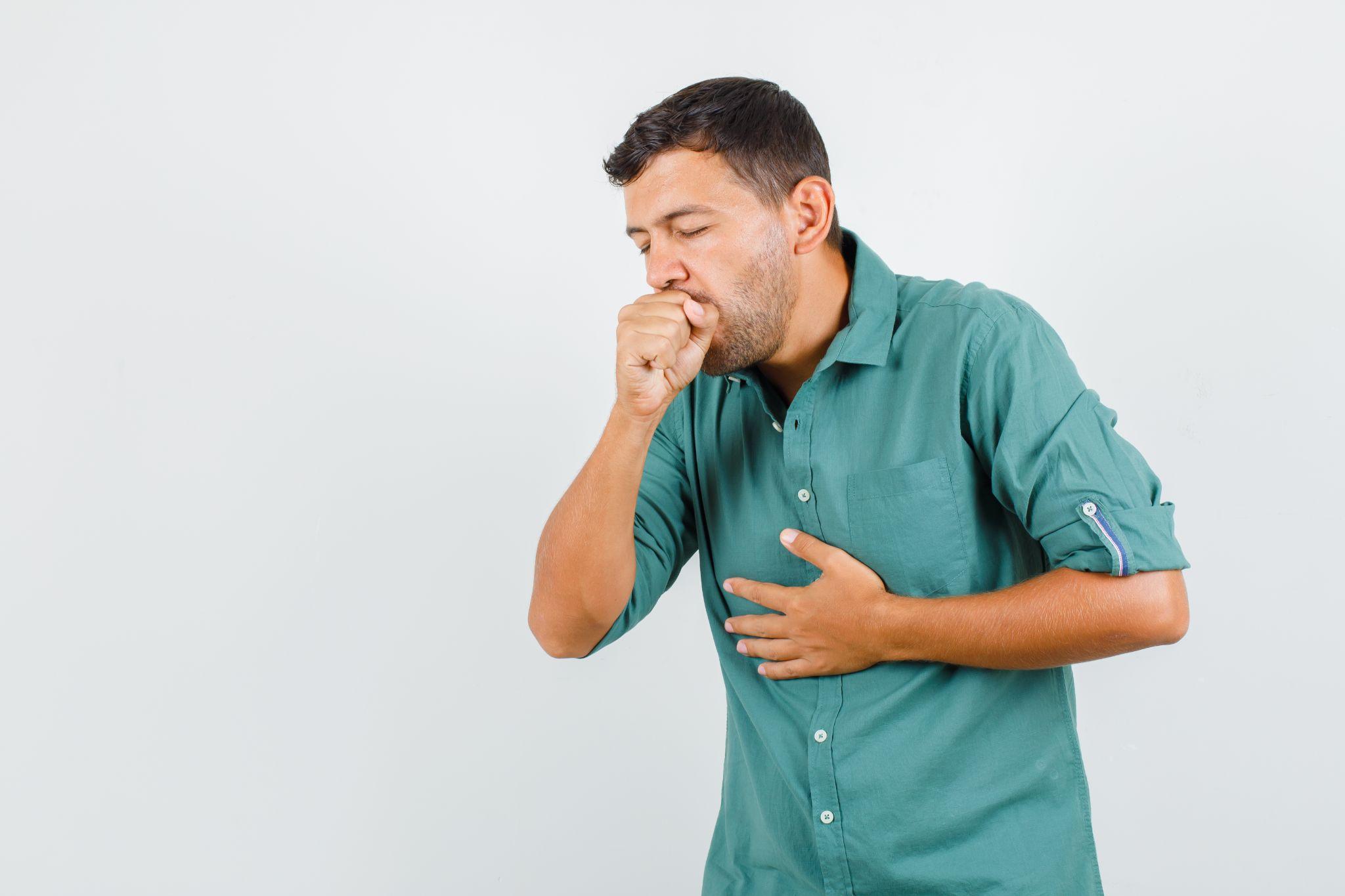
Emphysema is a type of COPD where the air sacs in the lungs are damaged, leading to difficulty in breathing. It is primarily caused by smoking.
Causes of Emphysema:
- Smoking:The leading cause of emphysema.
- Air Pollution:Exposure to harmful chemicals and pollutants can damage the lungs.
Symptoms of Emphysema:
- Shortness of breath
- Chronic cough
- Wheezing
- Fatigue
Managing Emphysema:
- Medications:Bronchodilators and corticosteroids.
- Oxygen Therapy:In severe cases, oxygen supplementation may be necessary.
- Pulmonary Rehabilitation:Exercise and physical therapy to improve lung function.
8. Pulmonary Fibrosis
Pulmonary fibrosis is a condition where the lung tissue becomes scarred, leading to thickening and stiffening of the lungs, making it difficult to breathe.
Causes of Pulmonary Fibrosis:
- Idiopathic:The cause is often unknown.
- Environmental Exposures:Exposure to pollutants, chemicals, or radiation.
- Autoimmune Diseases:Conditions like rheumatoid arthritis or lupus can contribute.
Symptoms of Pulmonary Fibrosis:
- Shortness of breath
- Persistent dry cough
- Fatigue
- Weight loss
Managing Pulmonary Fibrosis:
- Medications:Anti-fibrotic drugs to slow down the scarring process.
- Oxygen Therapy:To help with breathing.
- Lung Transplant:In severe cases, a lung transplant may be necessary.
9. Lung Cancer
Lung cancer is one of the most serious respiratory conditions, often diagnosed at an advanced stage. It is primarily caused by smoking, but can also occur in non-smokers.
Causes of Lung Cancer:
- Smoking:The leading cause of lung cancer.
- Air Pollution:Exposure to harmful chemicals and second-hand smoke.
- Genetic Factors:In some cases, lung cancer can run in families.
Symptoms of Lung Cancer:
- Persistent cough
- Shortness of breath
- Chest pain
- Coughing up blood
Managing Lung Cancer:
- Surgery:Removal of the tumor or lung tissue.
- Chemotherapy and Radiation:Used to treat and shrink tumors.
- Targeted Therapy:A newer treatment option aimed at targeting specific cancer cells.
10. Sleep Apnea
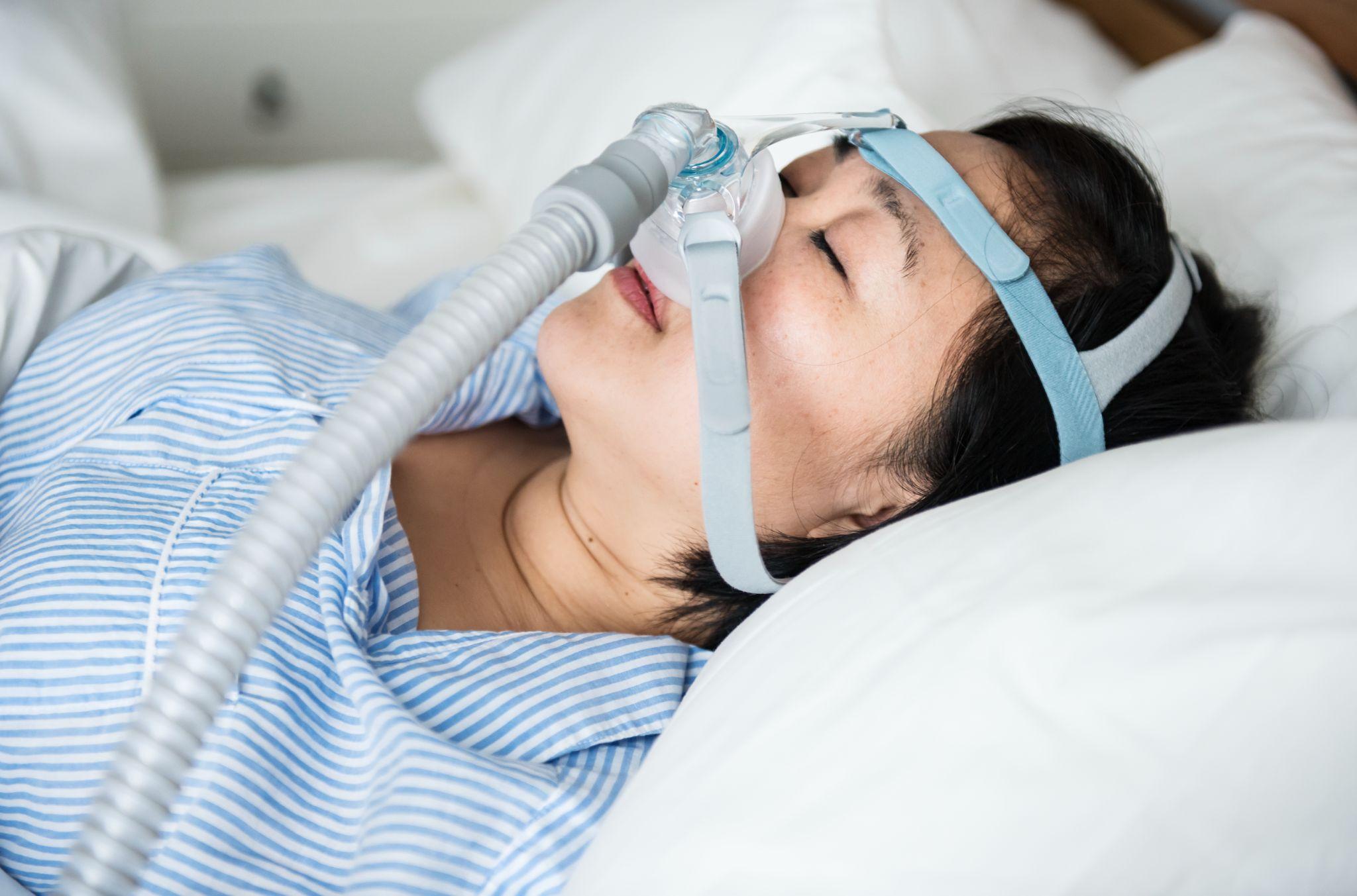
Sleep apnea is a sleep disorder that causes a person’s breathing to stop and start repeatedly while they sleep. It can lead to various health problems, including cardiovascular diseases.
Causes of Sleep Apnea:
- Obesity:Excess weight can lead to fat deposits around the neck, leading to airway obstruction.
- Nasal Congestion:Blocked nasal airways can contribute to sleep apnea.
- Genetics:A family history of sleep apnea can increase the risk.
Symptoms of Sleep Apnea:
- Snoring loudly
- Gasping for air during sleep
- Excessive daytime sleepiness
- Difficulty concentrating
Managing Sleep Apnea:
- CPAP Therapy:A machine that provides a continuous stream of air to keep airways open.
- Lifestyle Changes:Losing weight, quitting smoking, and avoiding alcohol.
- Surgery:In some cases, surgery may be needed to remove or shrink the tissue blocking the airway.
11. Interstitial Lung Disease (ILD)
Interstitial Lung Disease (ILD) refers to a group of lung disorders that cause progressive scarring (fibrosis) of the lung tissue. This scarring makes it increasingly difficult for the lungs to transfer oxygen into the bloodstream.
Causes of ILD:
- Environmental Exposures:Long-term exposure to dust, chemicals, or fumes.
- Autoimmune Diseases:Conditions like rheumatoid arthritis or lupus can lead to ILD.
- Medications:Certain medications, including some chemotherapy drugs and antibiotics, may trigger ILD.
- Idiopathic:In many cases, the cause of ILD is unknown (idiopathic pulmonary fibrosis).
Symptoms of ILD:
- Shortness of breath, especially with exertion
- Dry, persistent cough
- Fatigue
- Weight loss
Managing ILD:
- Medications:Corticosteroids and immunosuppressive drugs are often prescribed to reduce inflammation.
- Oxygen Therapy:To improve oxygen levels in the bloodstream.
- Lung Transplant:In severe cases, a lung transplant may be considered.
- Pulmonary Rehabilitation:Exercises and breathing techniques to strengthen the lungs.
12. Sarcoidosis
Sarcoidosis is an inflammatory disease that affects various organs, but most commonly impacts the lungs. It leads to the formation of small clumps of cells called granulomas, which can impair organ function.
Causes of Sarcoidosis:
- Unknown Cause:The exact cause of sarcoidosis remains unknown, but it is believed to involve an immune response triggered by infections or environmental factors.
- Genetic Factors:A family history of sarcoidosis increases the risk.
Symptoms of Sarcoidosis:
- Cough and shortness of breath
- Fatigue
- Swollen lymph nodes
- Chest pain
Managing Sarcoidosis:
- Medications:Corticosteroids to reduce inflammation.
- Immunosuppressants:Used in more severe cases.
- Monitoring:Regular check-ups to track organ function and detect any complications early.
13. Lung Infections
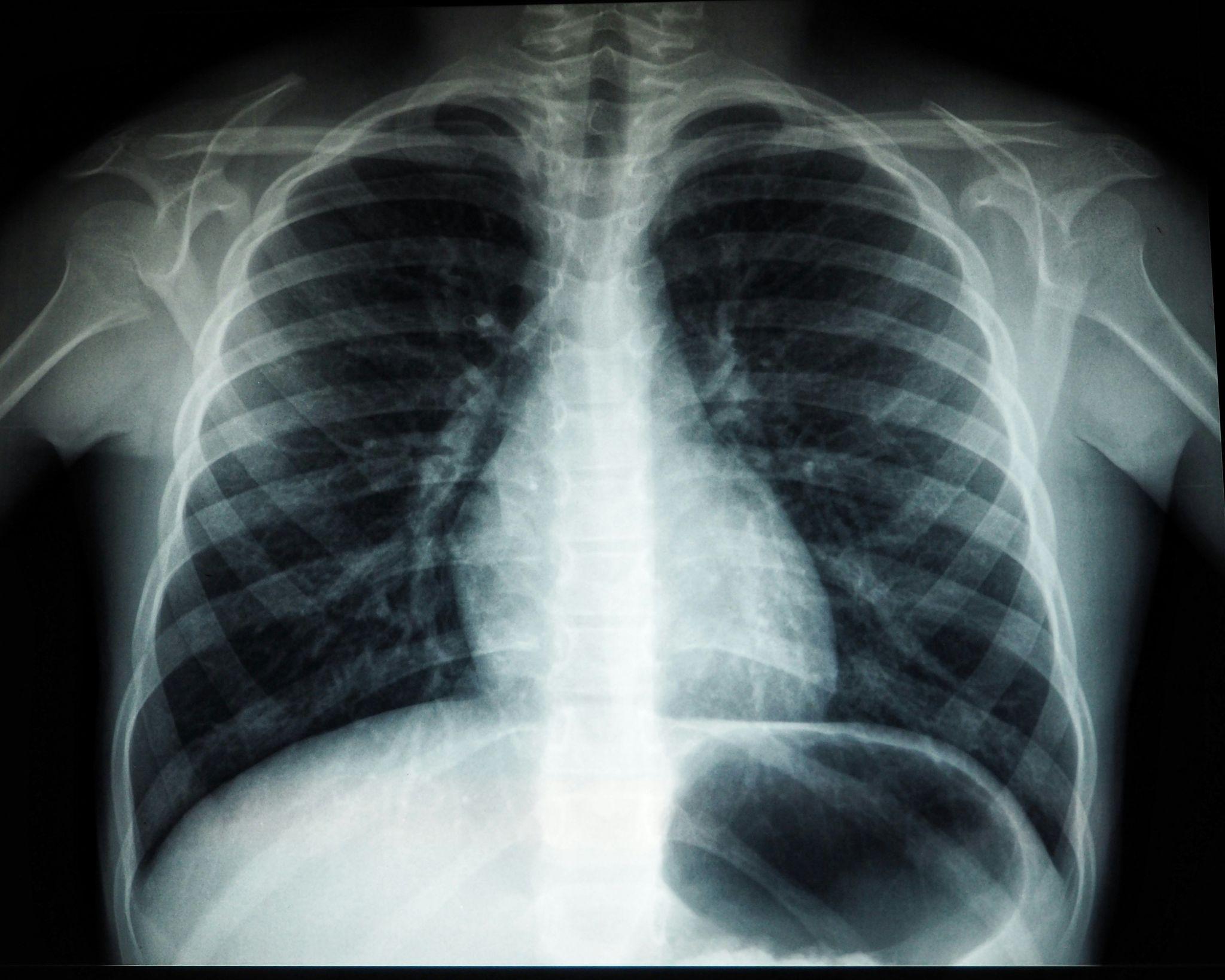
Lung infections can be caused by viruses, bacteria, or fungi, and they affect the air sacs in the lungs, leading to breathing difficulties.
Causes of Lung Infections:
- Bacterial Infections:Common bacteria include Streptococcus pneumoniae and Haemophilus influenzae.
- Viral Infections:Viruses such as the flu virus, the respiratory syncytial virus (RSV), and the common cold virus.
- Fungal Infections:Fungi like Aspergillus can cause infections, particularly in immunocompromised individuals.
Symptoms of Lung Infections:
- Persistent cough with mucus
- Fever
- Shortness of breath
- Chest pain
Managing Lung Infections:
- Antibiotics or Antivirals:Depending on whether the infection is bacterial or viral.
- Antifungal Medications:For fungal infections.
- Rest and Fluids:Staying hydrated and resting helps the body fight the infection.
14. Bronchiolitis
Bronchiolitis is a common lung infection in infants and young children, typically caused by the respiratory syncytial virus (RSV). It causes inflammation of the small airways in the lungs (bronchioles).
Causes of Bronchiolitis:
- Respiratory Syncytial Virus (RSV):The leading cause of bronchiolitis.
- Other Viruses:Rhinovirus and influenza can also cause bronchiolitis.
Symptoms of Bronchiolitis:
- Wheezing or difficulty breathing
- Coughing
- Nasal congestion
- Fever
Managing Bronchiolitis:
- Supportive Care:Ensuring the child is hydrated and resting.
- Oxygen Therapy:In severe cases, to help the child breathe.
- Medications:Bronchodilators and corticosteroids may be prescribed, though their effectiveness is debated.
15. Pleural Effusion
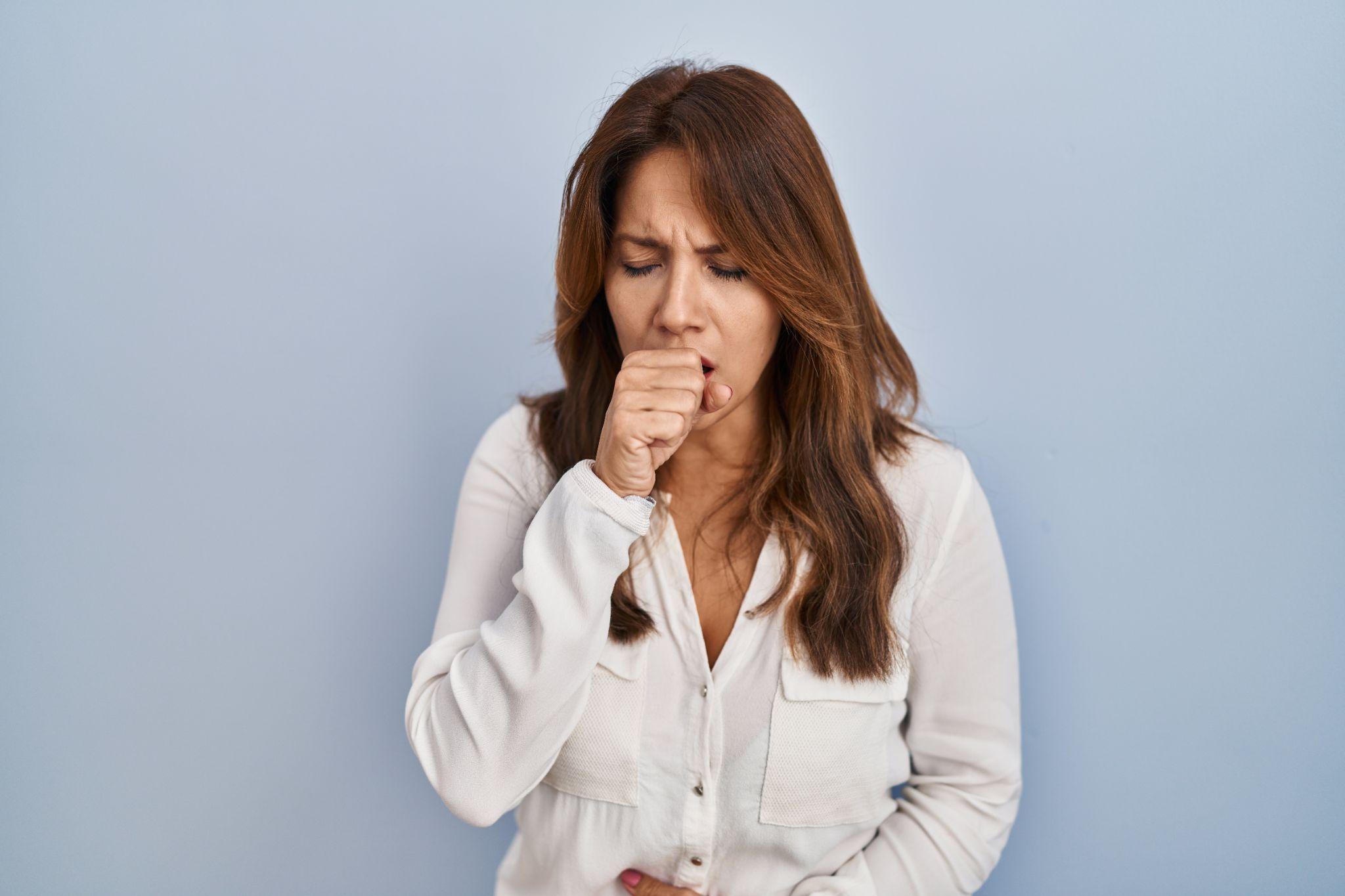
Pleural Effusion is the accumulation of excess fluid between the layers of the pleura, the lining surrounding the lungs. This fluid buildup can cause difficulty breathing and discomfort.
Causes of Pleural Effusion:
- Heart Failure:Fluid buildup due to poor heart function.
- Infections:Pneumonia and tuberculosis can lead to pleural effusion.
- Cancer:Lung cancer or metastatic cancers can cause fluid accumulation.
Symptoms of Pleural Effusion:
- Shortness of breath
- Chest pain or discomfort
- Dry cough
- Difficulty breathing while lying down
Managing Pleural Effusion:
- Thoracentesis:A procedure to remove fluid from the pleural space.
- Medications:Diuretics to reduce fluid buildup.
- Treating Underlying Conditions:Managing the underlying cause of pleural effusion, such as heart failure or cancer.
16. Pulmonary Embolism (PE)
A Pulmonary Embolism (PE) occurs when a blood clot, typically from the legs (deep vein thrombosis or DVT), travels to the lungs and blocks a pulmonary artery, impairing blood flow and oxygen exchange.
Causes of Pulmonary Embolism:
- Deep Vein Thrombosis (DVT):Blood clots from the legs can travel to the lungs.
- Immobilization:Long periods of immobility, such as after surgery or long flights, increase the risk of developing blood clots.
- Other Causes:Certain medical conditions, such as cancer or genetic clotting disorders, increase the risk.
Symptoms of Pulmonary Embolism:
- Sudden shortness of breath
- Chest pain, especially with deep breathing
- Coughing up blood
- Rapid heart rate
Managing Pulmonary Embolism:
- Anticoagulants (Blood Thinners):Used to prevent further clotting.
- Thrombolytics:In severe cases, clot-dissolving medications may be administered.
- Surgery:In extreme cases, surgery may be needed to remove the clot.
17. Acute Respiratory Distress Syndrome (ARDS)
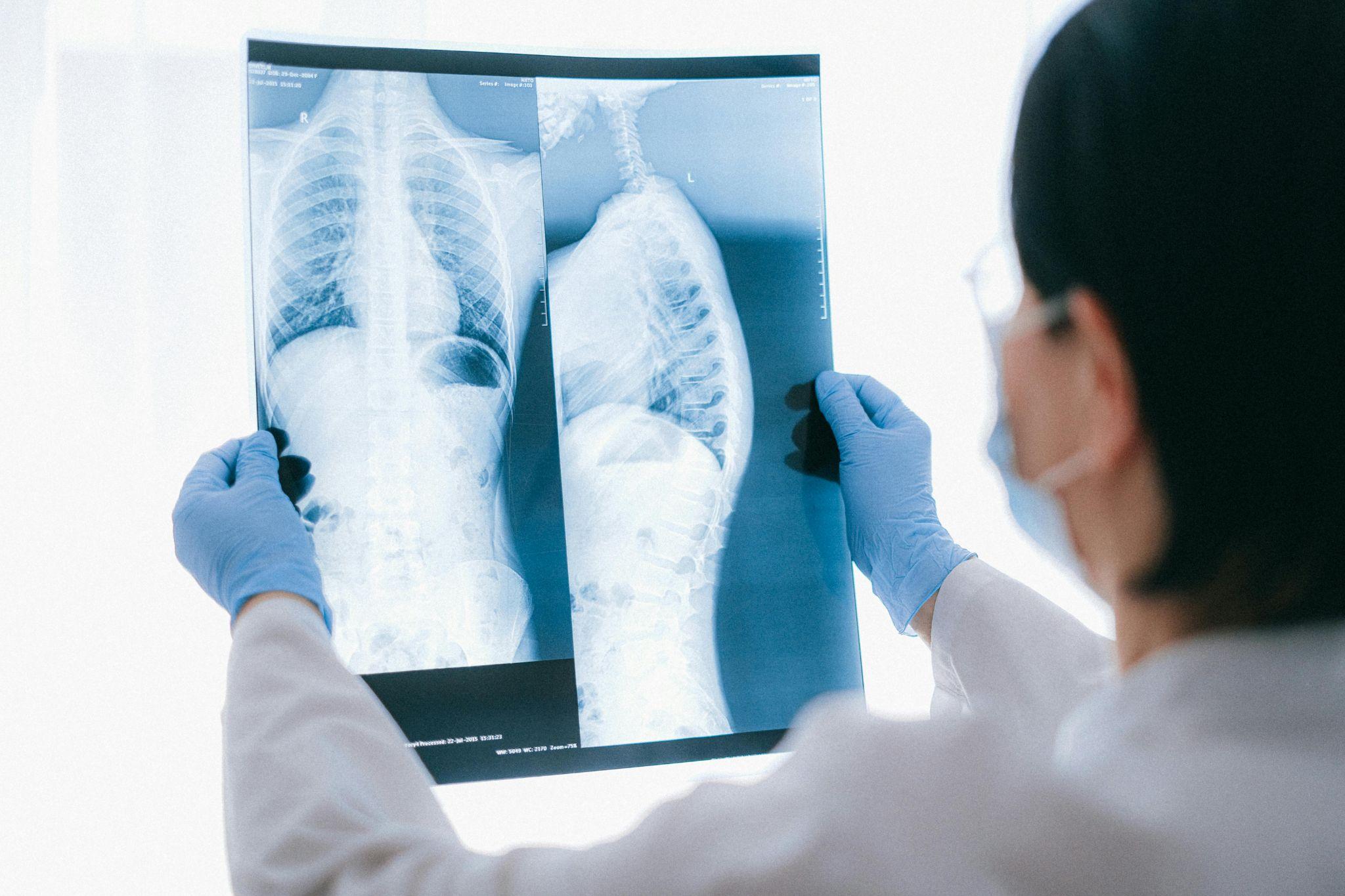
Acute Respiratory Distress Syndrome (ARDS) is a life-threatening condition caused by severe inflammation in the lungs, leading to fluid buildup and reduced oxygen levels in the bloodstream.
Causes of ARDS:
- Pneumonia:Bacterial or viral infections can lead to ARDS.
- Trauma:Severe injury to the chest or lungs.
- Sepsis:Infection in the bloodstream that leads to widespread inflammation.
Symptoms of ARDS:
- Severe shortness of breath
- Rapid breathing
- Blue tint to the skin (cyanosis)
- Extreme fatigue
Managing ARDS:
- Mechanical Ventilation:A ventilator is often needed to assist with breathing.
- Oxygen Therapy:To maintain adequate oxygen levels in the blood.
- Prone Positioning:Placing the patient on their stomach can improve oxygenation in some cases.
18. Pneumothorax
Pneumothorax refers to the condition where air enters the pleural space (the space between the lung and the chest wall), causing the lung to collapse. This condition can be spontaneous or caused by trauma, and it can lead to difficulty breathing and chest pain.
Causes of Pneumothorax:
- Spontaneous Pneumothorax:This occurs without any obvious cause and is more common in young, tall, and thin individuals. It may be related to underlying lung diseases or small air blisters (blebs) that rupture.
- Trauma:A blow to the chest, such as from a car accident or a puncture wound, can cause air to enter the pleural space.
- Medical Procedures:Sometimes, medical interventions such as lung biopsies or mechanical ventilation can inadvertently cause a pneumothorax.
- Lung Diseases:Conditions like Chronic Obstructive Pulmonary Disease (COPD), cystic fibrosis, and pneumonia can increase the risk of pneumothorax.
Symptoms of Pneumothorax:
- Sudden, sharp, or stabbing chest pain
- Shortness of breath
- Rapid breathing
- Cyanosis (a bluish color in the lips or extremities, indicating low oxygen levels)
Managing Pneumothorax:
- Observation:Small pneumothorax cases, especially in otherwise healthy individuals, may resolve on their own. Doctors will monitor the condition closely with imaging tests.
- Needle Aspiration or Chest Tube Insertion:In cases of a large pneumothorax, a needle or chest tube may be inserted to remove the air from the pleural space and allow the lung to re-expand.
- Surgery:In recurrent or severe cases, surgery may be necessary to prevent further pneumothoraxes by sealing the air blisters or ruptures in the lung.
- Oxygen Therapy:Oxygen may be administered to help speed up the healing process, especially if the pneumothorax is large or if the patient is having difficulty breathing.
19. Alpha-1 Antitrypsin Deficiency
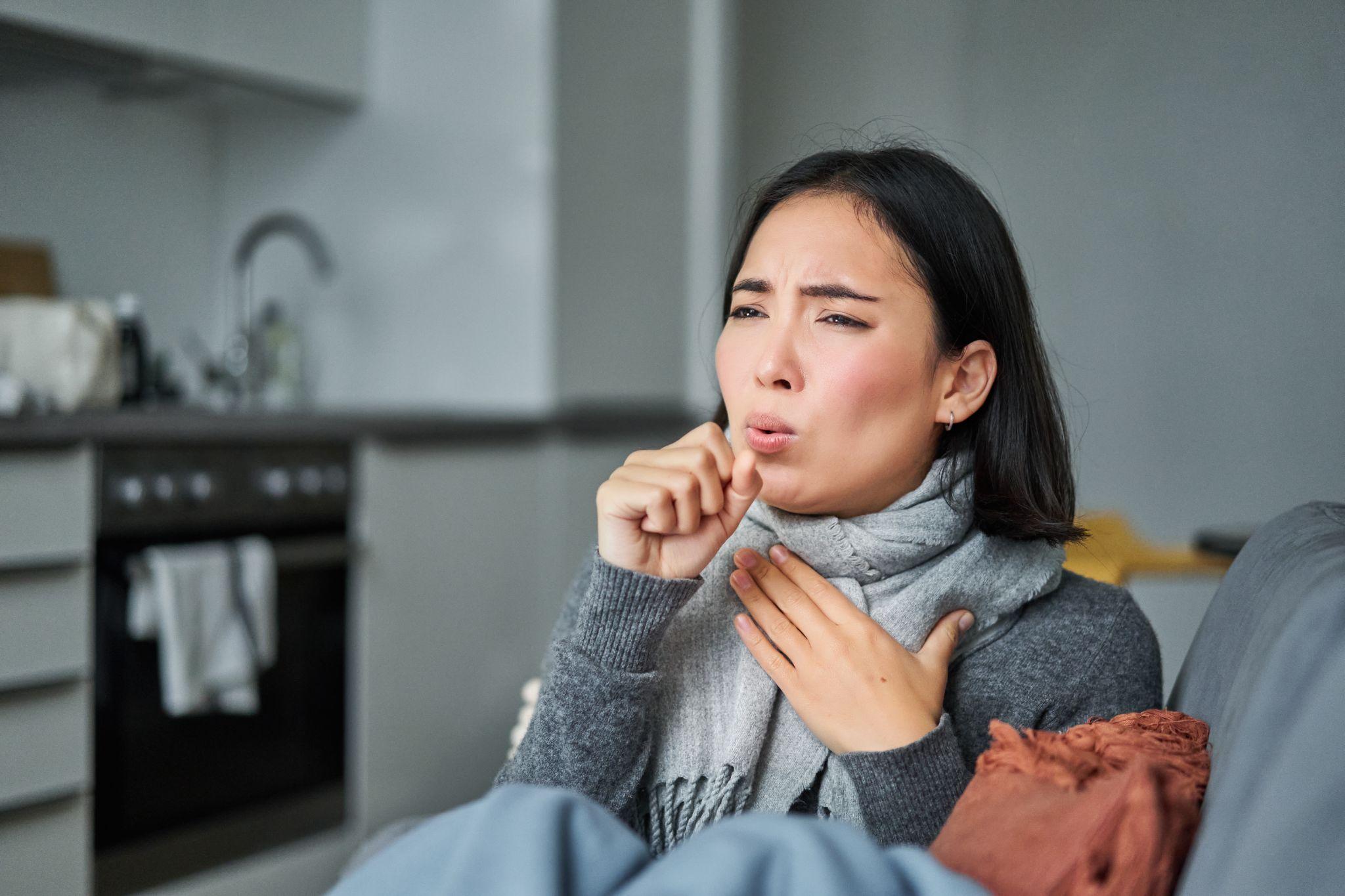
Alpha-1 Antitrypsin Deficiency is a genetic condition where the body does not produce enough of the protein alpha-1 antitrypsin (AAT), which protects the lungs from damage caused by inflammation. This deficiency can lead to lung diseases like emphysema and can also affect the liver.
Causes of Alpha-1 Antitrypsin Deficiency:
- Genetic Mutation:A mutation in the SERPINA1 gene causes a lack of functional AAT in the blood. This condition is inherited in an autosomal recessive manner, meaning a person must inherit two defective genes (one from each parent) to develop the deficiency.
- Environmental Triggers:Smoking and exposure to air pollution can exacerbate lung damage in individuals with alpha-1 antitrypsin deficiency, even if they are non-smokers by nature.
Symptoms of Alpha-1 Antitrypsin Deficiency:
- Shortness of breath
- Chronic cough, often with mucus
- Wheezing
- Frequent respiratory infections
- Unexplained weight loss
- Fatigue
- In severe cases, liver issues, such as cirrhosis or liver failure, can also occur.
Managing Alpha-1 Antitrypsin Deficiency:
- Avoid Smoking:Smoking is especially harmful to individuals with AAT deficiency, as it accelerates lung damage. Quitting smoking is essential to managing the disease.
- Medications:Inhaled medications like bronchodilators and corticosteroids can help manage symptoms and reduce inflammation.
- Alpha-1 Antitrypsin Augmentation Therapy:In cases of severe deficiency, intravenous augmentation therapy with AAT from donated human plasma may help restore the missing protein in the bloodstream and protect the lungs from further damage.
- Lung Transplant:In advanced stages of emphysema, where the lungs are severely damaged, a lung transplant may be required.
- Liver Monitoring:Since AAT deficiency can also affect the liver, regular monitoring and possible treatments for liver complications are necessary.
Prevention of Respiratory Conditions

Preventing respiratory conditions is often more effective than treating them. Below are some preventive measures that can help maintain lung health and reduce the risk of developing respiratory disorders.
- Quit Smoking:Smoking is a leading cause of respiratory diseases, especially COPD and bronchitis. Quitting smoking reduces the risk of lung diseases and improves overall lung function.
- Stay Active:Regular physical activity strengthens the lungs and improves breathing.
- Practice Good Hygiene:Handwashing and avoiding close contact with sick individuals can help prevent infections that lead to respiratory conditions.
- Avoid Pollutants:Limiting exposure to air pollutants, chemicals, and other irritants can help protect the lungs.
- Vaccinations:Vaccines like the flu shot and pneumococcal vaccine can prevent respiratory infections.
Treatment Options for Managing Respiratory Conditions
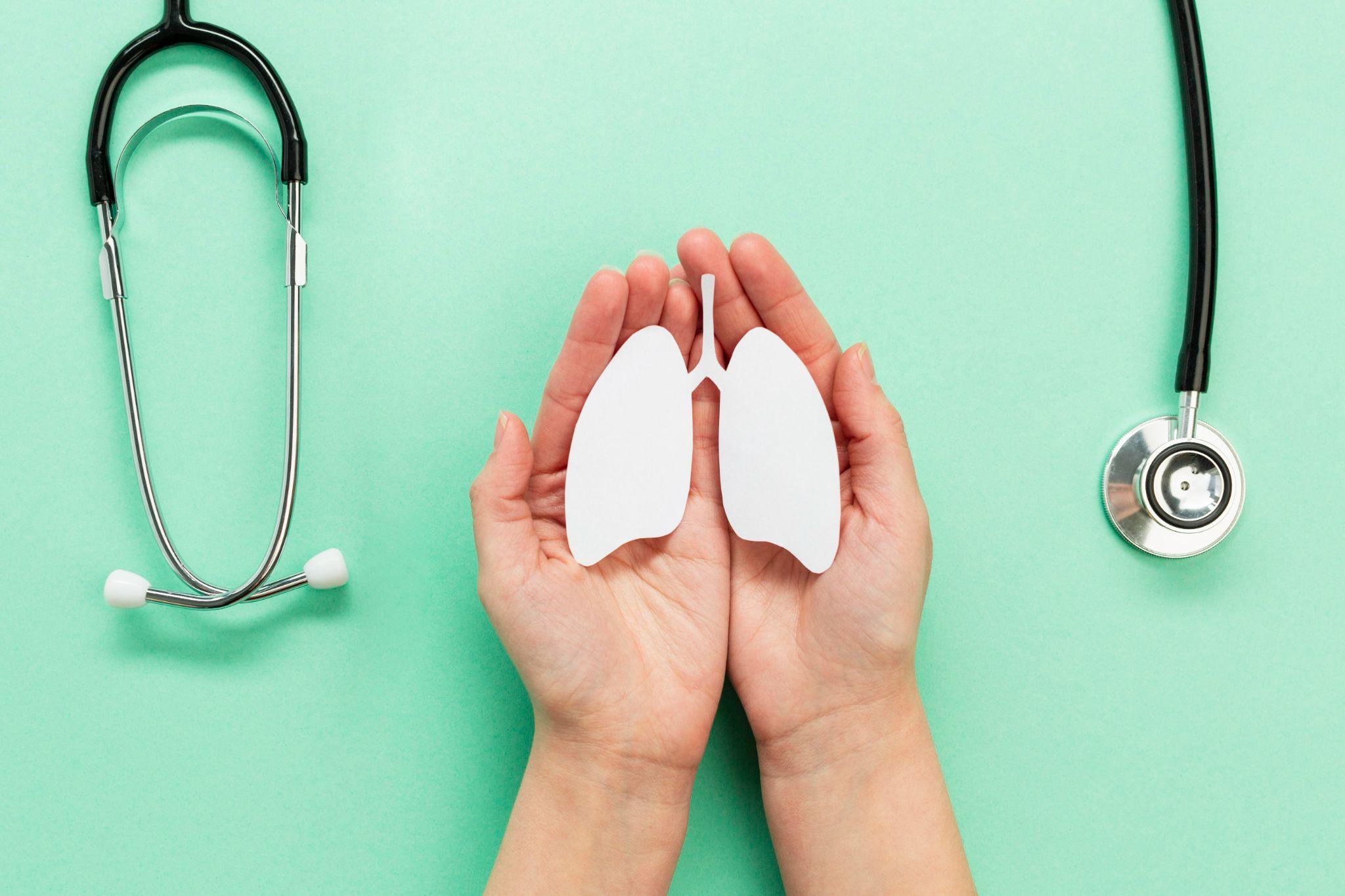
Managing respiratory conditions often requires a combination of lifestyle changes, medications, and sometimes therapies. Below are some of the most common treatment options available.
Medications for Respiratory Conditions
- Inhalers:Inhalers are commonly used to deliver medication directly to the lungs. They are used for asthma, COPD, bronchitis, and other conditions that involve airway inflammation.
- Steroids:Steroidal medications reduce inflammation in the airways. They are frequently used to manage asthma and COPD symptoms.
- Antibiotics:Antibiotics are used for bacterial infections and help treat conditions like pneumonia and bronchitis. They are prescribed when an infection is caused by bacteria.
- Oxygen Therapy:For severe respiratory conditions, especially those that impair the ability to breathe effectively (such as COPD or pulmonary fibrosis), oxygen therapy helps increase oxygen levels in the blood.
Pulmonary Rehabilitation
Pulmonary rehabilitation is a program designed for individuals with chronic respiratory conditions. It includes exercise training, education, and support to improve lung function and overall quality of life. This therapy is particularly beneficial for those with COPD, emphysema, and pulmonary fibrosis.
Surgery for Severe Respiratory Conditions
In rare cases, surgery may be necessary for individuals with severe or end-stage respiratory conditions. For example:
- Lung Transplants:Lung transplants are sometimes performed for individuals with end-stage COPD, emphysema, or pulmonary fibrosis, when other treatment options are no longer effective.
- Tumor Removal:In cases of lung cancer, surgery may be required to remove tumors or affected lung tissue.
- Thoracentesis:This is a procedure used to remove excess fluid from the pleural space in conditions like pleural effusion.
- Chest Tube Insertion:In cases of pneumothorax, a chest tube may be inserted to help the lung re-expand.
Easily Get a Doctor’s Note Online for Leave With My Dr’s Note
At My Dr’s Note, we provide a convenient solution for those in need of a doctor’s note for work or school. If you’re managing an illness and need to take time off, My Dr’s Note can provide you with a real doctor’s note for work or school. We offer a fast and reliable service for all your medical documentation needs. We also help with FMLA certification for longer leaves of absence.
We understand how managing illnesses can affect your daily life, and our platform makes it easier to get the official documentation you need to take time off and focus on your health. Don’t wait; contact us today to get a real doctor’s note online!

